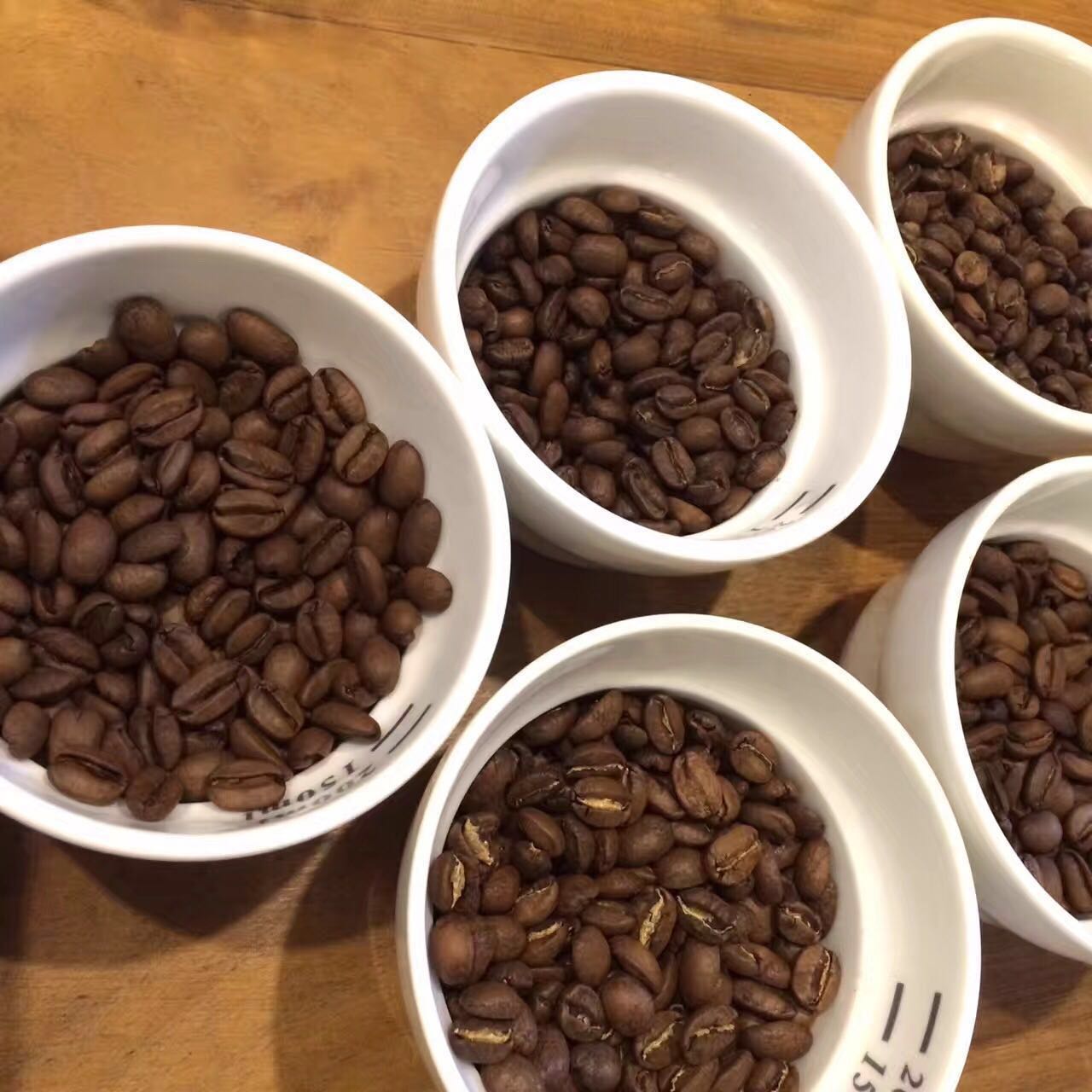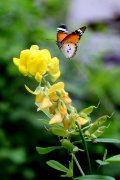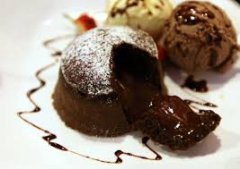Basic and advanced sharing of coffee roasting experience and knowledge
From turning on the heat engine and putting in the coffee raw beans, watch the temperature of the roaster rise until the return point, wait for the first explosion, or wait for the second explosion to complete the baking. Roasting coffee may seem simple, but it is actually an art that requires experience.
Generally speaking, experienced bakers will have an in-depth understanding of the original taste and characteristics of raw beans. From the area where coffee is grown, climate, altitude, and the way coffee fruits are treated after harvest, to the water content of coffee beans during packaging, and the temperature and humidity stored at the export of coffee beans, all affect the taste of coffee baked. Understanding the impact of these elements on roasting is exactly the roasting skills pursued by coffee experts.
Many experienced coffee roasting companies should not have much problem with purchasing, roasting, selling, and inventory management of coffee beans. However, for many novice roasters, they don't know how to choose the quantity they need to buy, or how long it will take to sell the coffee. Even experienced coffee roasting companies sometimes encounter too much coffee in stock to be sold within a certain period of time, leaving bags of raw coffee beans that have been kept for a long time and do not know what to do with them.
Boutique coffee is a high-end luxury, generally speaking, in the economic downturn, the number of people to buy will be reduced. Sometimes due to changes in seasons and weather, improper preservation in the harvest process will affect the quality of raw coffee beans, resulting in accelerated aging of raw coffee beans. So whatever the reason, large coffee roasters or their own roasters must know how to tailor a unique baking curve to determine the best flavor and flavor spectrum of coffee.
In the coffee roasting world, the baking curve is a technical term for recording changes during roasting, understanding the water content of raw coffee beans, and carefully measuring the weight before and after roasting. In addition to recording the production area and baking capacity, the weightlessness ratio should also be recorded after the baking is completed.
Adjust and record the dehydration status of coffee roasting in detail, how to use a few percent of the capacity of the coffee roasting boiler, how to adjust the hot air exhaust air throttle, whether the coffee can be copied and roasted by the original curve, what is the temperature recovery point of the coffee, etc.
When paying attention to the process of coffee change, the baker can use the above factors to judge and design the baking curve. To put it simply: when the raw beans go directly into the roaster, how long will it take to warm up before the curve on the thermometer begins to climb up with a smile. When the coffee beans are dehydrated and turn orange, how long does it take to produce the first explosion, to reach the ideal color card, or to reach the baking level of the second explosion? The roaster needs to take how many baking samples to judge the time of the coffee.
No matter the new bean or the old bean, all have its unique baking curve, so we must accurately judge the bean and the time of the bean, and master the best flavor.
In the process of recording the baking curve, carefully blindly test each batch of baked beans, record them, and accurately grasp the key elements, you can easily grasp the taste of coffee beans! Remember that each batch of coffee beans has a different baking curve and roasting methods.
The environmental factors of raw coffee beans in the producing areas will also affect the quality of raw coffee beans. The rainfall in the producing areas this year and last year, or the drying process of coffee before export, is also one of the keys.
High-altitude and ripe coffee beans usually last longer and have a longer life. Because of the high density of raw coffee beans, if the dry environment is good, the taste of the coffee itself will not change much.
Out-of-season coffee beans are not good, and old coffee is sometimes added to some coffee varieties. to put it simply, African coffee beans taste clean, bright and slightly thin when fresh. After being placed for a period of time, the volatile aroma of the coffee is thicker and sweeter.
Bake, cup test, bake, cup test! After continuous adjustment and tasting different coffee curves of roasted coffee, make the coffee taste better!
Use your senses: eyes, nose, ears, and mouth to really learn more about the characteristics of coffee. Grab the perfect baking curve.

Important Notice :
前街咖啡 FrontStreet Coffee has moved to new addredd:
FrontStreet Coffee Address: 315,Donghua East Road,GuangZhou
Tel:020 38364473
- Prev

Coffee flavor simple description and meaning of coffee flavor in English
Flavor: the overall impression of aroma, acidity, and mellowness. Odor Aroma: the smell and aroma emitted after the coffee has been prepared. Including caramel, carbon roast, chocolate, fruit, grass, malt and so on. Bitter Bitter: bitterness is a basic sense of taste, and the sensory area is distributed at the base of the tongue. The bitterness of deep baking
- Next

Italian concentrated Espresso flavor describes how to drink it and how to match it.
With its thick surface, maroon Krima crema, and the aroma of protein and oil hidden under Krima crema, espresso has an irresistible charm. Standing at the bar and ordering a cup of espresso is a sign of professionalism and quality, and it can also bring you into the fragrant world of coffee. So, how should we drink Italian to try to concentrate? First of all, drinking es.
Related
- Beginners will see the "Coffee pull flower" guide!
- What is the difference between ice blog purified milk and ordinary milk coffee?
- Why is the Philippines the largest producer of crops in Liberia?
- For coffee extraction, should the fine powder be retained?
- How does extracted espresso fill pressed powder? How much strength does it take to press the powder?
- How to make jasmine cold extract coffee? Is the jasmine + latte good?
- Will this little toy really make the coffee taste better? How does Lily Drip affect coffee extraction?
- Will the action of slapping the filter cup also affect coffee extraction?
- What's the difference between powder-to-water ratio and powder-to-liquid ratio?
- What is the Ethiopian local species? What does it have to do with Heirloom native species?

